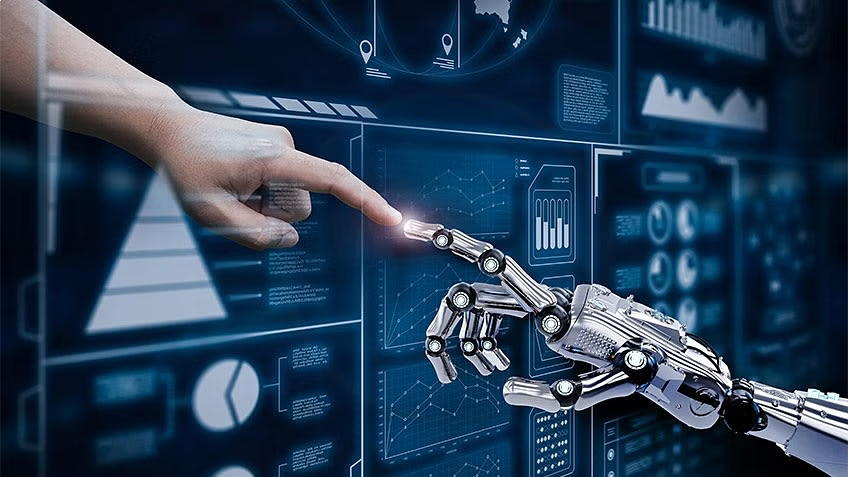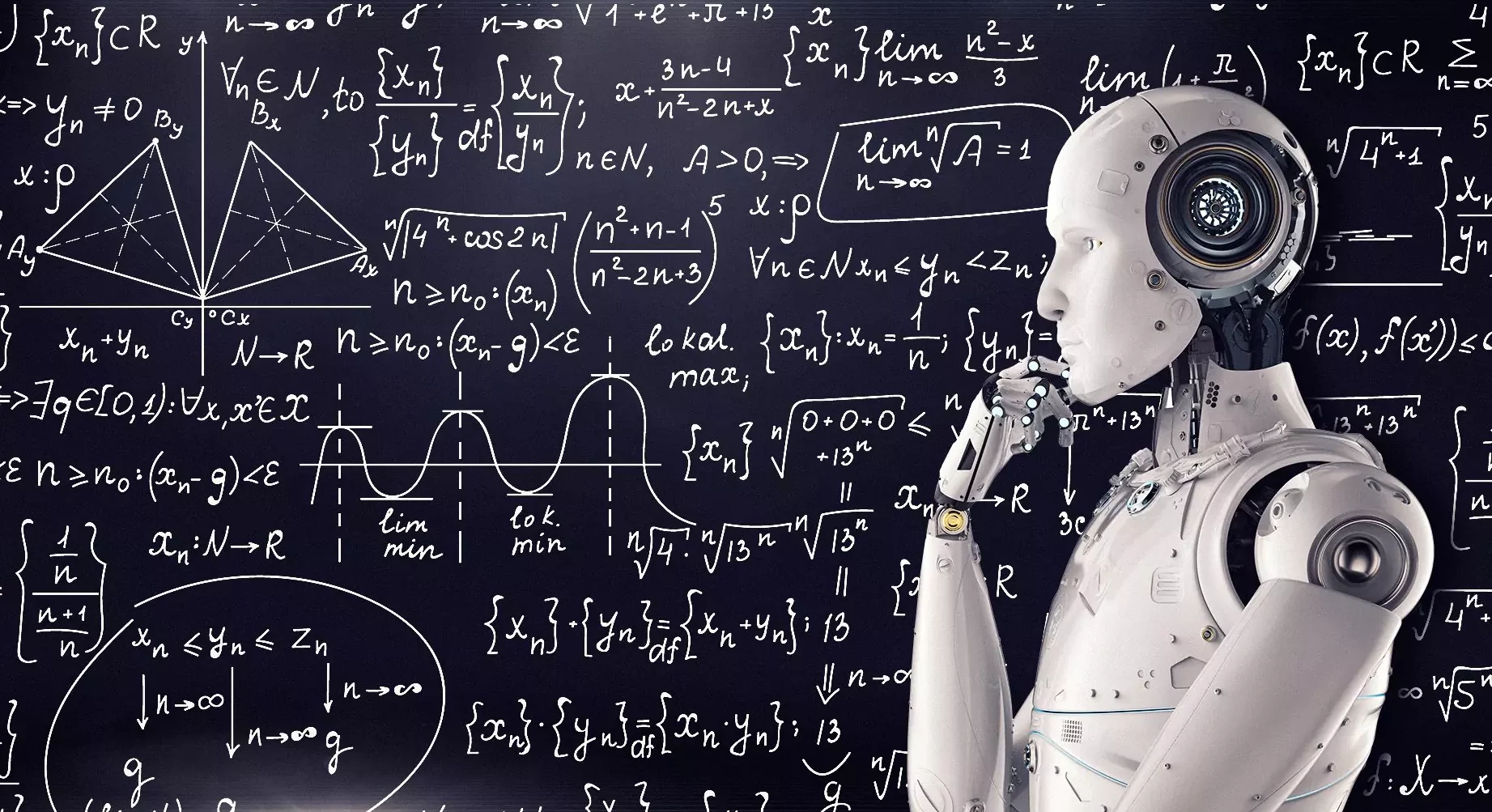In today’s rapidly evolving technological landscape, artificial intelligence has become the driving force behind countless innovations that shape our daily lives. From Netflix’s personalized recommendations to Tesla’s autopilot systems, AI technologies are revolutionizing how we interact with the digital world. At the heart of this transformation lie two fundamental concepts that often confuse even tech-savvy individuals: machine learning and deep learning.
While these terms are frequently used interchangeably in conversations about artificial intelligence, they represent distinct approaches to solving complex computational problems. Understanding their differences is crucial for businesses, developers, and anyone interested in the future of technology. Machine learning is the foundation for teaching computers to learn from data without explicit programming, while deep learning represents a more sophisticated subset that mimics the human brain’s neural networks.
The distinction between these technologies goes beyond mere academic interest. Companies worldwide are investing billions in AI solutions, and choosing the right approach can determine the success or failure of technological initiatives. Whether you’re a business leader evaluating AI strategies, a student exploring career paths, or simply curious about the technology powering modern innovations, grasping these differences will provide valuable insights into how machines are becoming increasingly intelligent and autonomous in their decision-making capabilities.
What is Machine Learning?
Machine learning represents a subset of artificial intelligence that enables computers to learn and improve from experience without being explicitly programmed for every task. This technology uses algorithms to parse data, identify patterns, and make informed decisions based on what it has learned from historical information.
The core strength of machine learning lies in its ability to work effectively with structured data and smaller datasets compared to its deep learning counterpart. Traditional machine learning approaches often require human intervention for feature engineering, where domain experts manually extract relevant features from raw data and assign appropriate weights to them. For example, in spam email classification, a machine learning model might rely on features like specific email length or sender reputation.
Machine learning excels in well-defined tasks with clear parameters and can be trained using standard CPU processing power, making it more accessible and cost-effective for many applications. Popular machine learning applications include recommendation systems like Amazon’s product suggestions, fraud detection in banking, and predictive analytics for business forecasting.
Understanding Deep Learning

Deep learning represents an advanced subset of machine learning that employs artificial neural networks inspired by the structure and function of the human brain. These sophisticated models consist of multiple layers of interconnected nodes that learn data representations at different levels of abstraction, enabling them to handle complex, unstructured data with minimal human intervention.
The revolutionary aspect of deep learning lies in its ability to automatically extract features from raw data, eliminating the need for manual feature engineering that traditional machine learning requires. This automation makes deep learning particularly effective for processing unstructured data such as images, audio, text, and video content.
Deep learning models utilize various neural network architectures, including convolutional neural networks for image recognition, recurrent neural networks for sequential data processing, and generative adversarial networks for creating synthetic content. However, this sophistication comes at a cost: deep learning requires massive datasets, specialized GPU processing power, and significantly more computational resources than traditional machine learning approaches.
Key Differences Between Machine Learning and Deep Learning
Data Requirements and Processing
Machine learning can operate effectively with smaller, structured datasets, while deep learning demands large volumes of data to achieve optimal performance. Traditional ML works well with tabular data and requires less computational power, typically running on standard CPUs. In contrast, deep learning needs specialized GPU hardware to process the complex calculations required by neural networks.
Human Intervention and Feature Engineering
Machine learning requires significant human involvement for feature selection, data preprocessing, and model tuning. Data scientists must manually identify relevant features and adjust algorithms accordingly. Deep learning models, however, can automatically learn features from raw data and self-correct through feedback mechanisms, requiring minimal human intervention once properly trained.
Accuracy and Training Time
While machine learning models train faster and require fewer resources, they typically achieve lower accuracy compared to deep learning solutions. Deep learning models require extensive training periods but can achieve superior accuracy, especially for complex tasks involving pattern recognition and unstructured data analysis.
Application Suitability
Machine learning excels in structured data scenarios like customer segmentation, sales forecasting, and simple classification tasks. Deep learning dominates in complex applications requiring high-level abstraction, such as computer vision, natural language processing, autonomous vehicles, and medical image analysis.
Choosing the Right Approach
The decision between machine learning and deep learning depends on several factors: data availability, computational resources, project complexity, and accuracy requirements. For businesses with limited data and computational budgets, traditional machine learning often provides sufficient results for structured data problems. However, organizations dealing with unstructured data or requiring human-like AI capabilities should consider deep learning solutions despite higher resource requirements.
Understanding these distinctions enables informed decision-making in AI implementation strategies, ensuring optimal resource allocation and project success in our increasingly AI-driven world.




